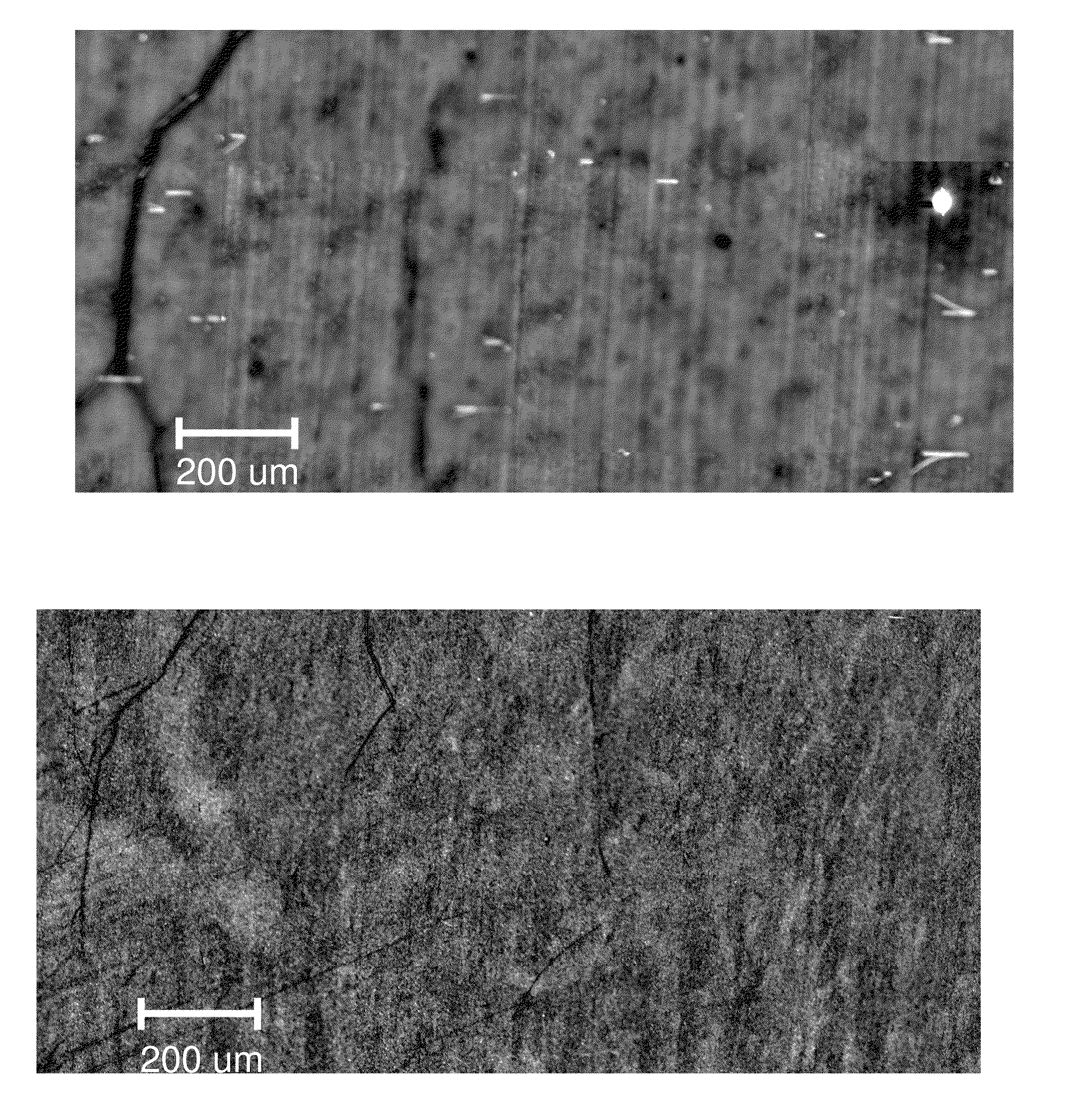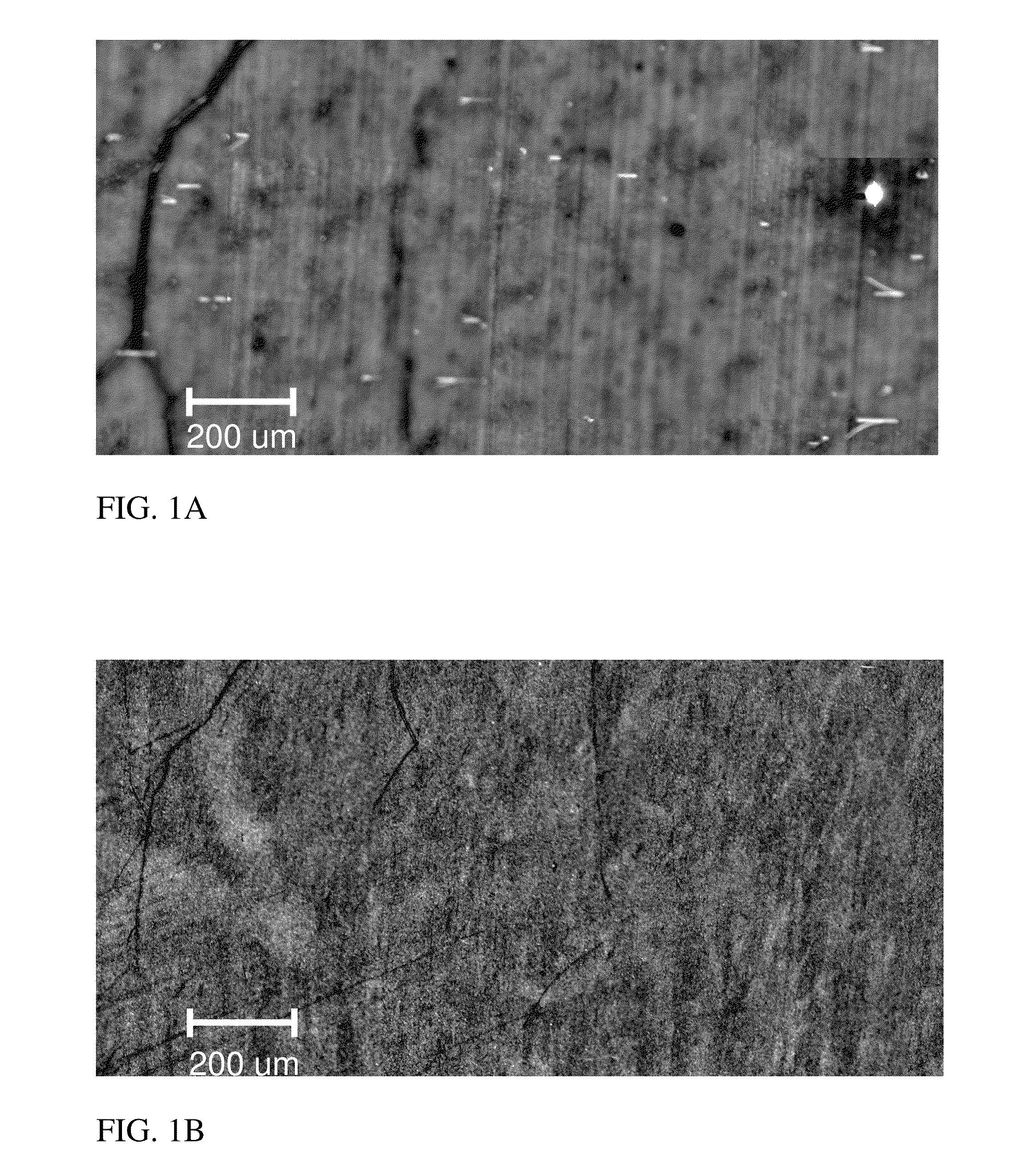Elimination of basal plane dislocations in post growth silicon carbide epitaxial layers by high temperature annealing while preserving surface morphology
a silicon carbide epitaxial layer and high temperature annealing technology, applied in the direction of polycrystalline material growth, crystal growth process, after-treatment details, etc., can solve the problem of no reported methods for the removal of bpds, and achieve good surface morphology, prevent surface degradation, and improve carrier li
- Summary
- Abstract
- Description
- Claims
- Application Information
AI Technical Summary
Benefits of technology
Problems solved by technology
Method used
Image
Examples
Embodiment Construction
[0014]The purpose of the present invention is to remove the existing BPDs in the SiC epilayers while preserving the surface morphology. This requires high temperature annealing in excess of 1750° C. and has been accomplished by annealing the SiC samples under high nitrogen overpressure of 60-110 psi. The samples are capped with a specially formulated graphite cap to further prevent the sublimation of Si from the surface and thus preserve the surface morphology.
[0015]For experimentation, commercially available, 4 degree offcut, 15 μm, n-type 6E15 4H-SiC epilayers were used. The as-grown samples were imaged using ultraviolet photoluminescence (UVPL) imaging, which shows the BPDs in the epitaxial layers prior to annealing. Carriers were excited with the 334 nm line from an Ar-ion laser, and images were collected in the emission range of 600-1000 nm. The high resolution images of the entire sample was stitched together and analyzed
[0016]The samples were then graphite capped using the fo...
PUM
| Property | Measurement | Unit |
|---|---|---|
| temperature | aaaaa | aaaaa |
| temperature | aaaaa | aaaaa |
| pressure | aaaaa | aaaaa |
Abstract
Description
Claims
Application Information
 Login to View More
Login to View More - R&D
- Intellectual Property
- Life Sciences
- Materials
- Tech Scout
- Unparalleled Data Quality
- Higher Quality Content
- 60% Fewer Hallucinations
Browse by: Latest US Patents, China's latest patents, Technical Efficacy Thesaurus, Application Domain, Technology Topic, Popular Technical Reports.
© 2025 PatSnap. All rights reserved.Legal|Privacy policy|Modern Slavery Act Transparency Statement|Sitemap|About US| Contact US: help@patsnap.com


